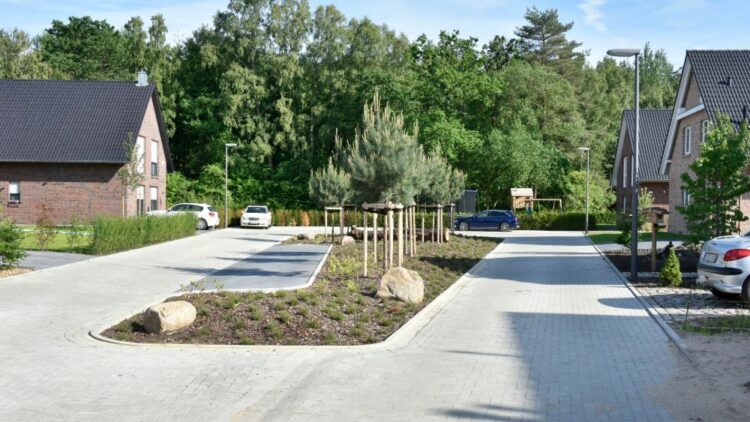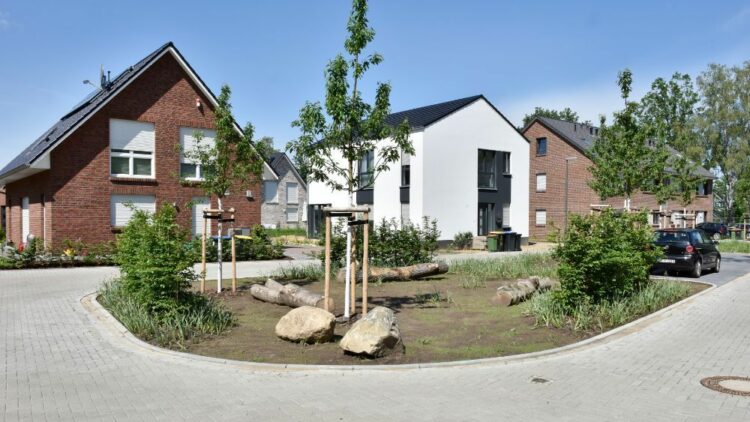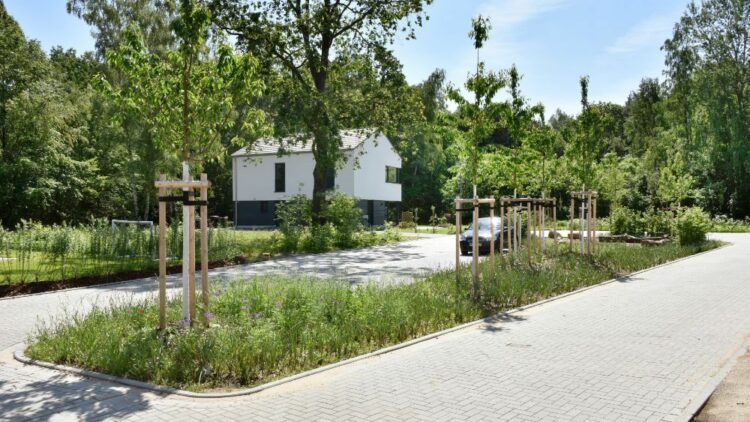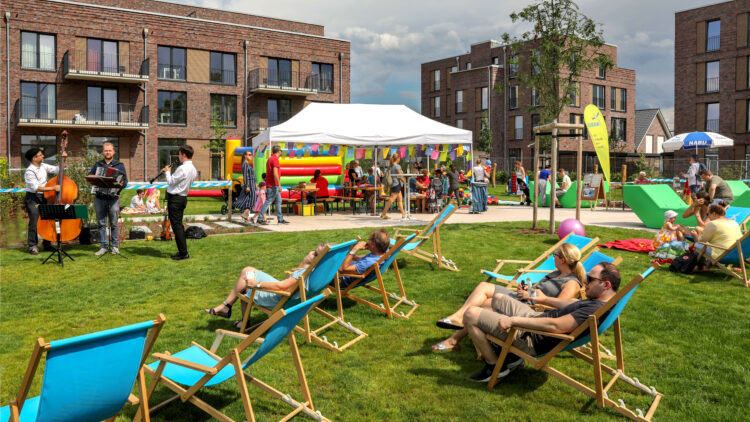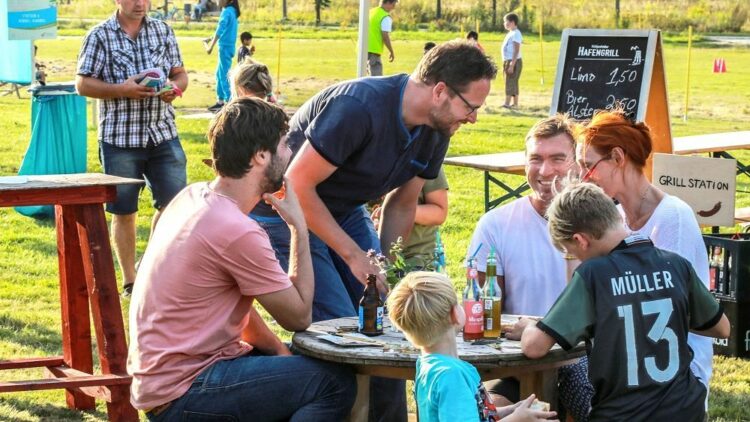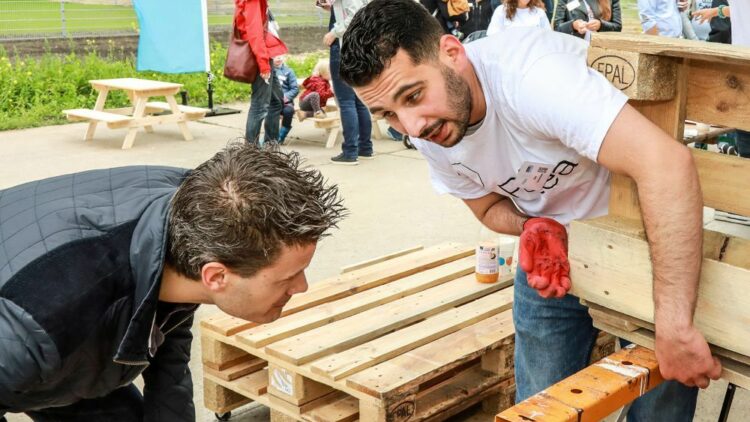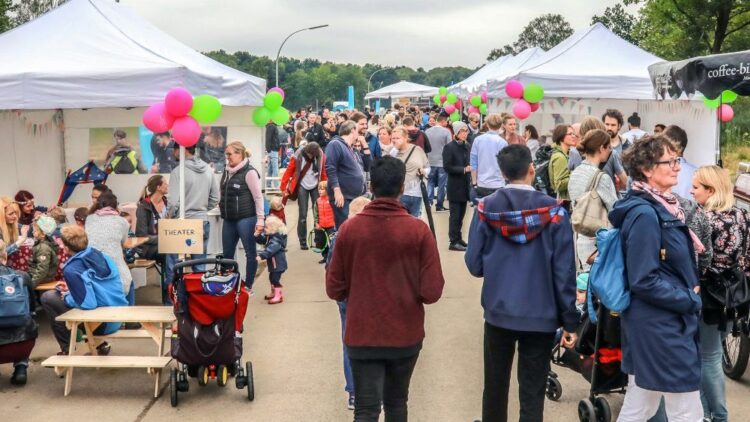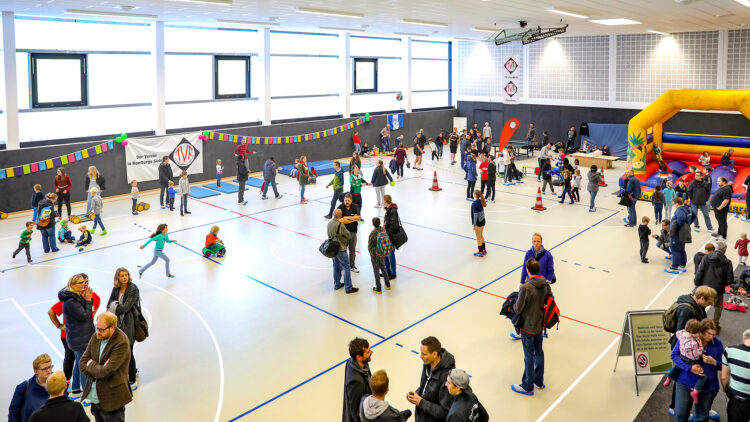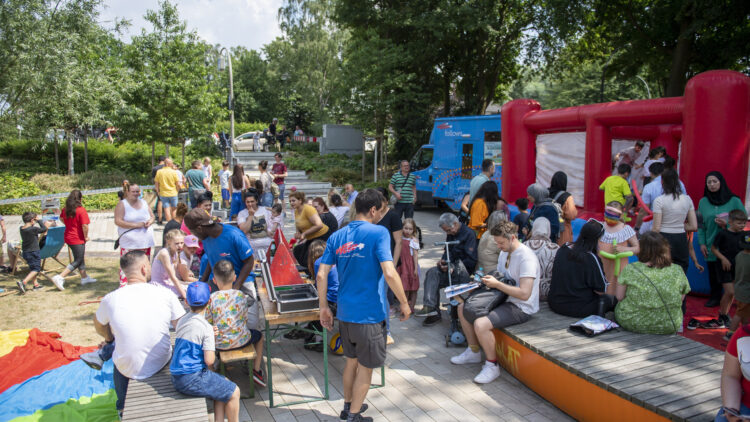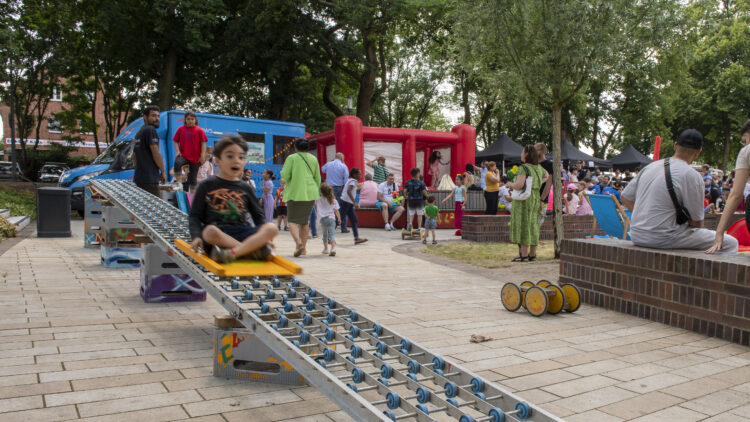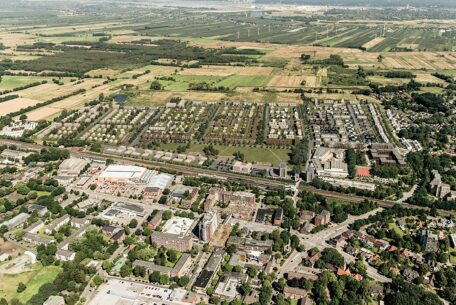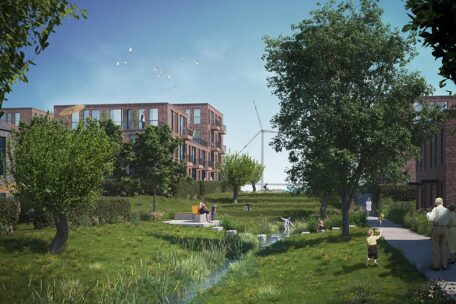Neighbourhood
New residential districts are a great challenge. They lack the advantage of a milieu developed over decades and shaped for generations by the people who live there. But a lively residential environment is an important factor in the well-being of residents. The goal of the IBA Hamburg is to create stable and liveable neighbourhoods as well as new housing.
The people living in the district, whatever their age group, should have as wide a range of their communal needs covered as possible. At the same time, this should also grow and develop as the new inhabitants move in.
The IBA Hamburg starts early with the prerequisites for networking new residents with each other and with neighbouring districts. Neighbourhood parties or active collaboration on subsections of the district such as e.g. playgrounds or courtyards for residents bring neighbours together and create collective identification. Already established clubs and initiatives from the surrounding area can contribute to the growing together of neighbourhoods.
The goal of the IBA Hamburg is to create lively centres in the form of local squares with restaurants, retail, cultural and social uses. Encounters can also take place on an education campus which makes provision for all neighbours, including after school. Through forward-looking planning, public spaces should be created that are easy to reach and diverse in structure, thus promoting neighbourly exchange.
Urban gardening
Various communal and intercultural gardens in Hamburg invite people to garden together.
34%
of Germans call at least one neighbour a good friend (yougov.com).
Since 1999,
on the last Friday in May, European Neighbours’ Day has been celebrated in 49 countries. In 2018 Neighbours’ Day was also introduced in Germany.
Förderprogramm
RISE strengthens Hamburg neighbourhoods www.hamburg.de/rise/
What does neighbourliness mean to you?
“Living here means being very close. Thanks to the small squares and close neighbourhoods, some friendships have already been forged. What pleases me particularly is that direct contact means you can borrow and share things – from garden machinery to cars.”
KATJA NIEMEYER
RESIDENT OF VOGELKAMP NEUGRABEN
Requirements for good neighbourhoods
Designing neighbourhoods together – courtyards for residents
What does neighbourliness mean to you?
“For me, neighbourliness means being there for each other and respecting each other; cohesion in a small community and the village-like feel overall make Georgswerder something special. For the new project, I would like to see the arrival of young families and the social strengthening of the Niedergeorgswerder Deich.”
STEVEN HARDER
